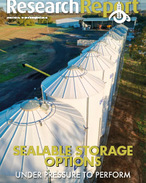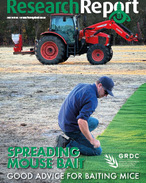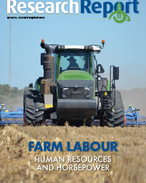This article is 2 years old. Images might not display.
According to Rural Bank's April Commodity Insights report, the stability is particularly welcome for producers as prices have been declining since late last year.
Wheat and barley prices have also been in a sideways trading pattern, according to the report, and strong demand is matched by plentiful supplies. Rural Bank expects stability for these commodities to carry through April.
Declining price trends have continued for wool, canola and global dairy markets. March was a difficult month for wool prices with many microns falling to their lowest price for the year so far.
Looking at lamb, Rural Bank says stability is expected to characterise lamb prices in the coming month.
Lamb supply has eased with average weekly slaughter in March down 2.3 per cent from February but on par with a year earlier.
In addition, most sheep-producing regions received decent rainfall in late March which will help sure up autumn pastures following a dry summer.
These factors contributed to the National Trade Lamb Indicator (NTLI) improving by six per cent since the middle of March.
This was a welcome change following a 17 per cent fall across February and the first half of March. Prices are still relatively subdued with the NTLI 15 per cent lower than a year ago and 14 per cent below the five-year average.
Further rainfall forecast for early-April should continue to offer support to prices. Supply is set to slow down further in April as public holidays reduce the number of working days for processors. Looking longer-term, lamb supply will likely increase and remain elevated through to winter.
Another factor playing into recent lamb prices is the larger gap to mutton prices. The National Mutton Indicator (NMI) declined dramatically at the start of 2023 and has spent the last month within a range of 300-350c/kg.
This places the NMI 34 per cent below the five-year average. The relatively poorer performance of mutton prices saw their discount to trade lambs grow to 51 per cent.
This is much larger than the five-year average discount of 31 per cent. As a result, processors appear to be favouring mutton.
The full Rural Bank report can be viewed here: http://bit.ly/3KzhmjM























